Capacitive Reactance Calculator vs Capacitor Impedance Calculator
Explore the differences between the Capacitive Reactance Calculator and the Capacitor Impedance Calculator with DXM. Our comprehensive tool enables precise calculations, enhancing your electronic projects. Understanding these calculators is essential for optimizing circuit performance and ensuring accuracy in capacitance measurements. With DXM, gain insights into effective electronic solutions by analyzing their functionalities. Discover which calculator best suits your project needs, and elevate your designs with our expert guidance. Trust DXM for all your capacitor calculation needs.
- What is a Capacitive Reactance Calculator?
- Understanding the Capacitor Impedance Calculator
- Key Differences: Capacitive Reactance Calculator vs Capacitor Impedance Calculator
- Choosing the Right Tool
- Practical Example: Using Both Calculators
- Capacitive Reactance Calculator: Real-World Effects and Considerations
- How to Use the Capacitive Reactance Calculator in Design?
- Capacitor Impedance Calculator and Its Impact on AC Power Systems
- Capacitor Impedance Calculator
- FAQs: Frequently Asked Questions
- Summary: Understanding Capacitive Reactance and Impedance Calculators for AC Circuits
Both Capacitive Reactance Calculator and Capacitor Impedance Calculator are two essential tools used in electrical engineering. Although they both deal with capacitors, their functionality differs significantly. In this blog post, we will explore the differences between the Capacitive Reactance Calculator and the Capacitor Impedance Calculator, which will help you determine the most suitable tool for your specific needs.
What is a Capacitive Reactance Calculator?
The Capacitive Reactance Calculator is designed to determine the opposition that a capacitor offers to an alternating current (AC) at a given frequency. Capacitive reactance (XC) is the resistance-like quality presented by a capacitor in response to an AC signal. This value depends on the frequency of the AC and the capacitance value, as shown in the following formula: XC = 1 / (2π f C)
- XC: Capacitive reactance, measured in ohms (Ω)
- f: Frequency of the AC signal, measured in hertz (Hz)
- C: Capacitance of the capacitor, measured in farads (F)
Reactance is inversely proportional to both frequency and capacitance: as frequency increases, the reactance decreases. Therefore, the Capacitive Reactance Calculator is an essential tool for understanding how different frequencies impact a capacitor's behavior in a circuit.

Understanding the Capacitor Impedance Calculator
The Capacitor Impedance Calculator, on the other hand, calculates the total impedance offered by a capacitor, which can include both reactance and resistance. Impedance is a more complex measure compared to reactance because it considers all resistive and reactive components within the circuit. For a pure capacitor, impedance (Z) can be expressed as: Z = -jXC = -j (1 / 2π f C) In a real circuit, impedance could also include additional resistive elements and can be represented as: Z = R + jX
- Z: Impedance, a complex number representing both resistive and reactive parts
- R: Resistance (real part)
- jX: Imaginary part representing reactance
The Capacitor Impedance Calculator provides a more comprehensive analysis of a circuit's overall behavior. It includes the reactance as well as any resistive components, which are crucial for a complete understanding of AC circuits, especially when impedance matching or resonance analysis is required.
Key Differences: Capacitive Reactance Calculator vs Capacitor Impedance Calculator
While both calculators serve a similar purpose in assessing capacitors, the Capacitive Reactance Calculator focuses solely on the opposition provided by the capacitor to AC, which is highly dependent on frequency. In contrast, the Capacitor Impedance Calculator looks at the broader picture by taking into account both reactance and resistance.
| Feature | Capacitive Reactance Calculator | Capacitor Impedance Calculator |
|---|---|---|
| Focus | Calculates only reactance (XC) | Calculates total impedance (Z) including resistance |
| Formula Used |
|
|
| Output Type | Real number (ohms) | Complex number (real + imaginary) |
| Usage Scenario | Simpler calculations for filtering applications | Comprehensive analysis for circuit design and simulation |
Choosing the Right Tool
If you are dealing primarily with frequency response and want to understand how the capacitor behaves at different frequencies, then the Capacitive Reactance Calculator is your tool of choice. However, if you are looking at an entire circuit and want to understand the overall impedance, including resistive elements, then the Capacitor Impedance Calculator is the better option.
Practical Example: Using Both Calculators
Let’s look at an example. Suppose you have a 10 μF capacitor connected in a circuit, and the AC signal frequency is 50 Hz. You can use the Capacitive Reactance Calculator to determine: XC = 1 / (2π * 50 * 10⁻⁶) This gives a reactance of approximately 318 Ω. Now, if the same circuit also has a 20 Ω resistor in series with the capacitor, you can use the Capacitor Impedance Calculator to calculate: Z = 20 + j(-318) The result shows both the resistive and reactive components of the circuit, providing a complete understanding of the impedance.
Capacitive Reactance Calculator: Real-World Effects and Considerations
The Capacitive Reactance Calculator is crucial for real-world capacitor analysis. Capacitors are not ideal components. They have parasitic resistance and inductance, which impact performance, especially at high frequencies. The Capacitor Impedance Calculator helps account for these non-ideal characteristics by considering both resistive and inductive elements.
At high frequencies, capacitors often exhibit inductive reactance due to lead inductance. This behavior can significantly alter circuit performance. The Capacitor Impedance Calculator is essential for understanding and mitigating these effects. It allows users to evaluate how parasitic elements impact overall impedance.
Another important factor is the dissipation factor (DF), which indicates energy loss as heat. The DF relates directly to the capacitor's equivalent series resistance (ESR). In applications where minimizing energy loss is critical, the Capacitor Impedance Calculator helps assess how ESR affects impedance, providing a clearer understanding of capacitor behavior.
How to Use the Capacitive Reactance Calculator in Design?
The Capacitive Reactance Calculator plays a crucial role during the design phase of filters and oscillators. For example, in designing a low-pass filter, understanding how reactance changes with frequency helps determine the cutoff frequency. A simple RC low-pass filter uses a resistor and a capacitor to allow signals below a certain frequency to pass while attenuating signals above that frequency. By using the Capacitive Reactance Calculator, designers can calculate the desired capacitance value to achieve the target cutoff point. Similarly, in oscillator circuits, the Capacitive Reactance Calculator can help determine the frequency of oscillation. By calculating reactance, designers can effectively select capacitor values that, in combination with inductors, establish a resonant frequency to sustain oscillations.
Capacitor Impedance Calculator and Its Impact on AC Power Systems
In AC power systems, understanding the impedance of a capacitor is critical for power factor correction. Capacitors are used to correct lagging power factors caused by inductive loads such as motors and transformers.
The Capacitor Impedance Calculator allows engineers to evaluate the required capacitance to achieve near-unity power factor, thus improving the efficiency of the power system and reducing losses. Furthermore, in resonance circuits, both capacitive and inductive reactances must be balanced to achieve resonance, where the overall impedance is purely resistive.
By using the Capacitor Impedance Calculator, engineers can analyze both the capacitive and inductive contributions to ensure that they cancel each other out at the desired frequency.
Capacitor Impedance Calculator
FAQs: Frequently Asked Questions
Q: What is the main purpose of a Capacitive Reactance Calculator?
For more details on how capacitive reactance and impedance work together, check out our complete capacitor guide.
Summary: Understanding Capacitive Reactance and Impedance Calculators for AC Circuits
Capacitive Reactance Calculator is an essential tool for analyzing AC circuits. It allows you to determine the frequency-dependent resistance presented by a capacitor. By understanding capacitive reactance, you can easily assess how a capacitor behaves at different frequencies. This is critical for efficient AC circuit design and analysis.
Capacitor Impedance Calculator is equally valuable. Offering a complete view of a circuit's impedance by including both resistive and reactive components. This makes it perfect for users who need a full understanding of the impedance, beyond just the frequency response of capacitors.
Choosing between these calculators depends on your goal. If you're focused on frequency response analysis, the Capacitive Reactance Calculator is the right choice. For a more comprehensive view that includes resistive elements, the Capacitor Impedance Calculator is indispensable. Each tool offers unique insights for optimizing AC circuit performance.
Author: Ivan Huang
© 2024 DXM Blog. All rights reserved.
Recommended for you
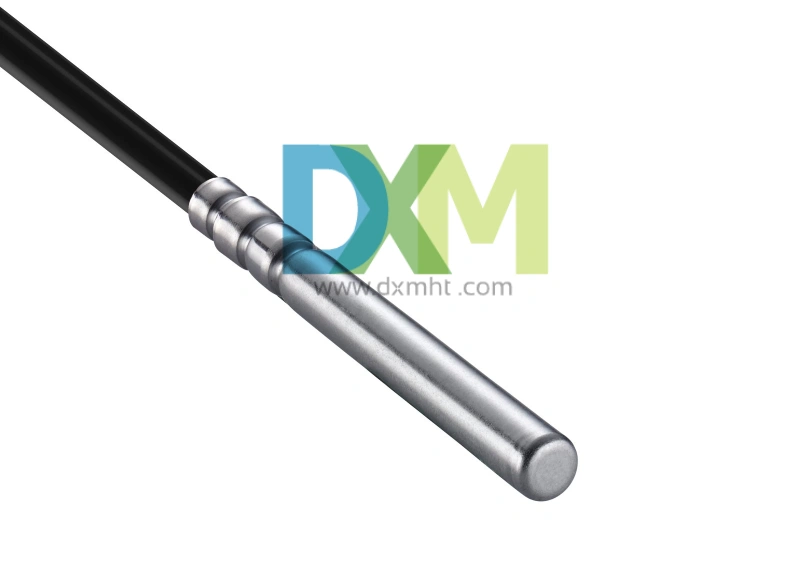
Water Temperature Sensor: The Key to Engine Health and Efficiency

Lightning Surge Protection Varistor: Essential for Protecting Your Electrical Systems
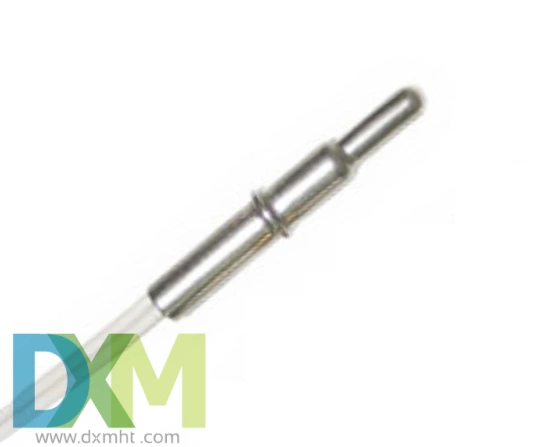
Water Temp Sensor: How to Test it for Reliable Performance?
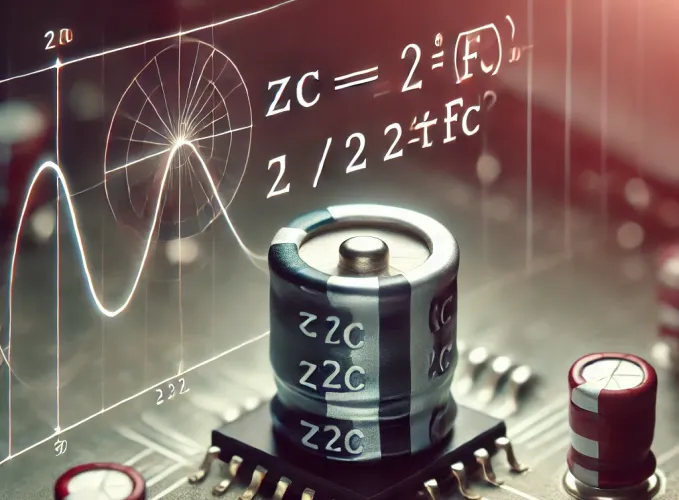
Capacitor Impedance: Calculation Guide & FAQs
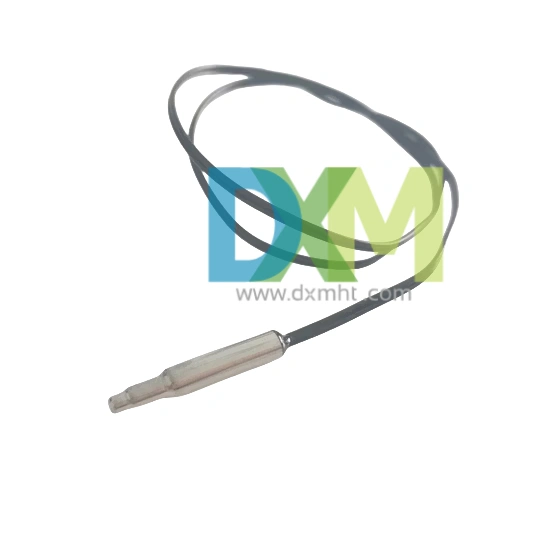
Temperature Probe Sensor: A Comprehensive Guide
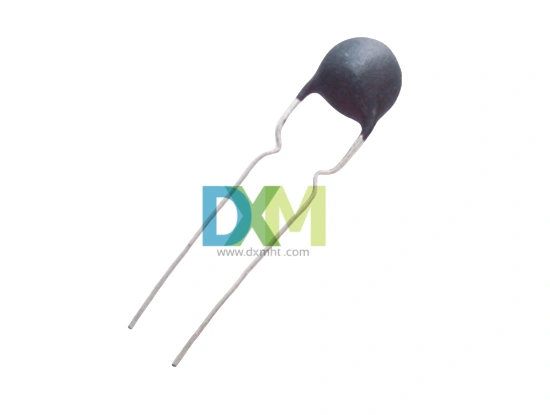
Termistor NTC: What Does a Thermistor Do?
Customized Services
Free sample availability
You can contact our representative via email, fax or phone to specify the sample you need and provide your courier's account number (such as UPS, FedEx, DHL, TNT, etc.).. And we’ll send you samples free of charge through your courier by freight collection.
Price and Payment
Are invoices provided?
Yes, we provide legal invoices that can be used for reimbursement and accounting records.
What’s the Minimum Order Quantity (MOQ) and Minimum Order Amount (MOA)
MOQ: 10000PCS
Logistics
Does your product support global logistics and distribution?
Yes, our products support global logistics and distribution services, and you can receive our products anytime and anywhere.
How to track my order?
You can track your order through our official website or the order number provided and learn about the logistics status and delivery progress of your order at any time.
You may also like

KTY83-110 Sensor with Silicon Glass Thermistor
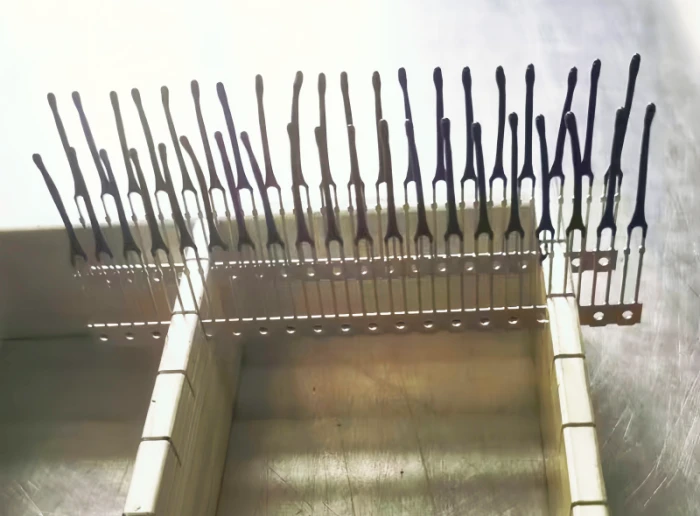
Bracket Type NTC Thermal Sensor MF52X for Precise Temperature Measurement
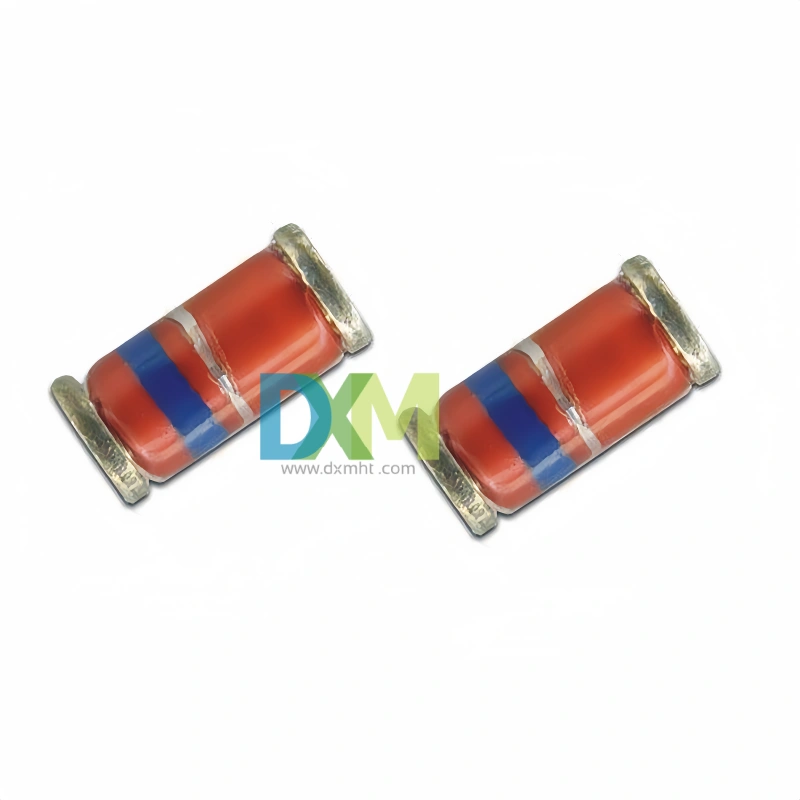
Glass Thermistors MF58E for High-Precision Applications
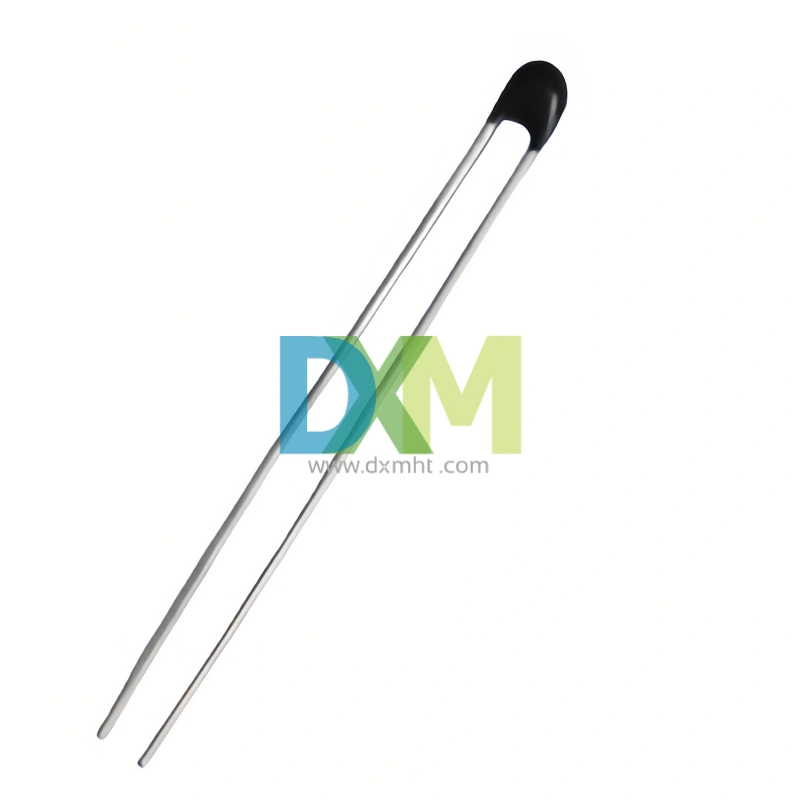
High Precise NTC Sensors for Temperature Measurement and Control
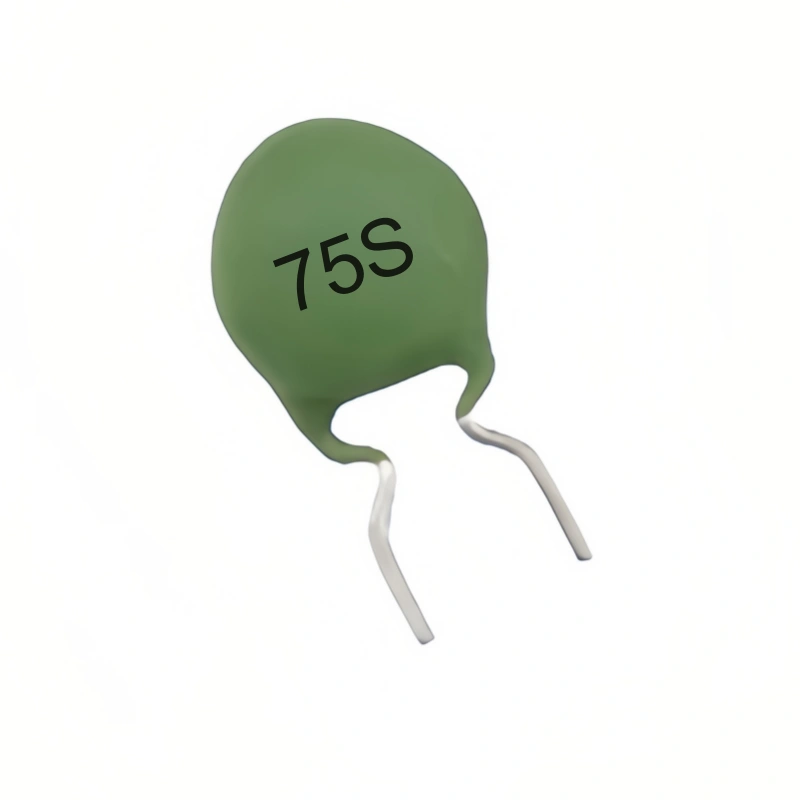
WMZ12A 75S PTC Thermistors for Over-Current and Over-Load Protection
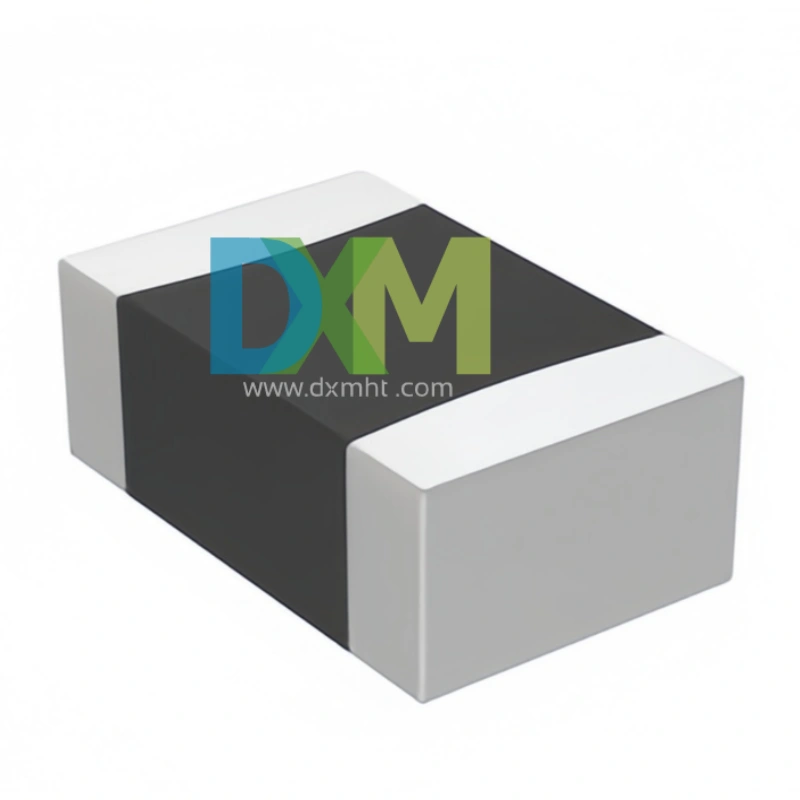
SMD Sensors: Advanced Temperature Sensing Excellence
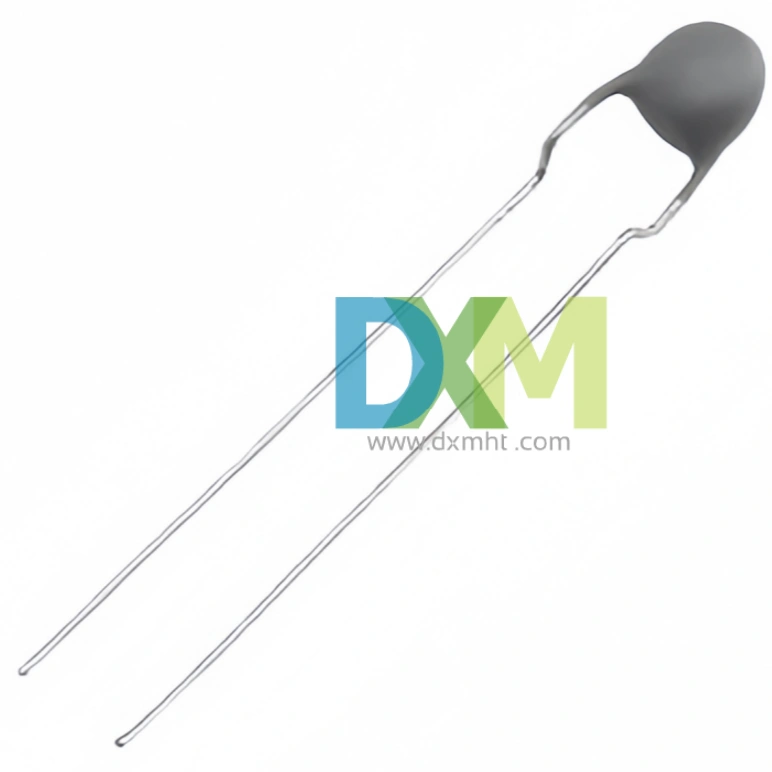
Thermistor PTC MZ11 Series for Light Efficient Design

PTC Thermistors for Ballast Electronic and Energy Saving Lighting Intelligent Preheat Start MZ12 | DXM
Get in Touch
Discover premium thermistors, sensors, and resistors tailored to your needs.Our dedicated team of experts is available to assist with product selection, technical queries, and after-sales service. Contact us for custom solutions and experience exceptional customer support.
© 2024 DXM | Designed by gooeyun

 Scan QR Code
Scan QR Code
Scan QR Code
Whatsapp: +8618927361658
Shenzhen DXM Technology Co., Ltd.
DXM PTCNTC
Shenzhen DXM Technology Co., Ltd